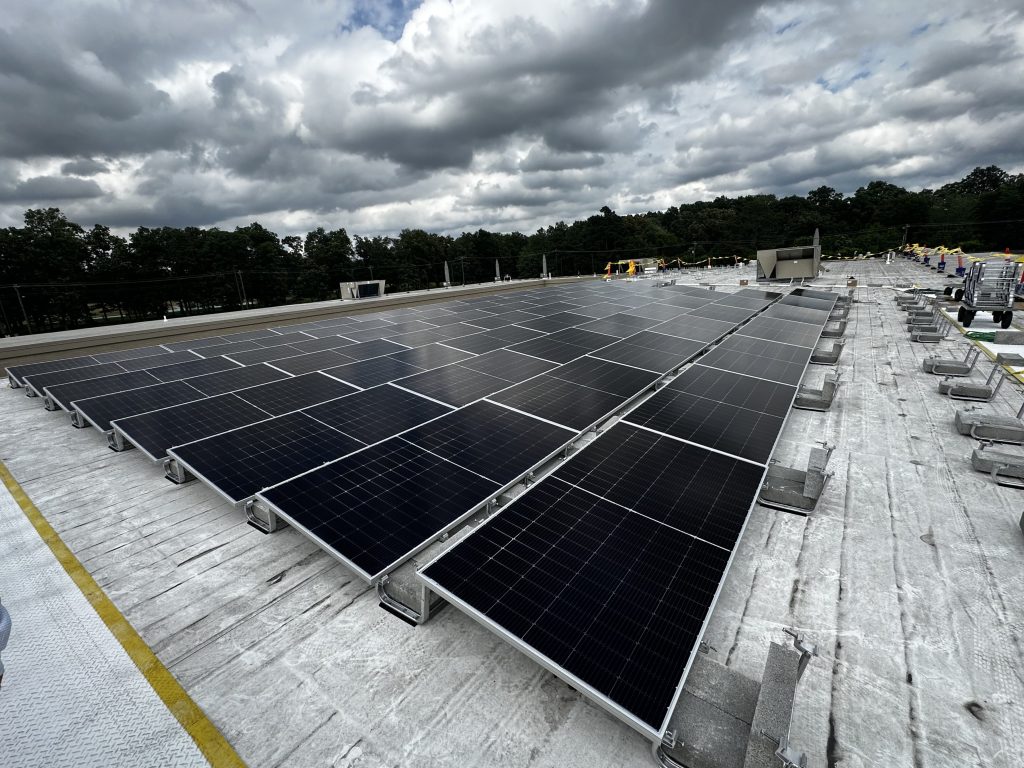Facility management is a complex field, where balancing operational costs and maintaining infrastructure can be challenging. Performance contracting offers a solution that not only addresses facility inefficiencies but also provides a measurable framework for savings. This innovative approach helps uncover facility issues that would otherwise go unnoticed and offers substantial financial benefits for both short-term fixes and long-term operational savings.
The Origins of Performance Contracting
Performance contracting began as a way to help facility managers address energy inefficiencies without bearing upfront costs. Originally, It was designed to encourage energy conservation by allowing organizations to pay for infrastructure upgrades through the savings generated by reduced energy consumption. Over time, performance contracting has evolved into a comprehensive solution that tackles a wide range of facility needs, from energy conservation to infrastructure upgrades, all with measurable results.
In this model, companies that specialize in performance contracting, often referred to as Energy Service Companies (ESCO), provide the expertise to assess, implement, and monitor facility improvements. Instead of a facility investing large sums of money upfront for improvements, the upgrades are financed through the future savings the improvements will generate.
What is Performance Contracting?
At its core, performance contracting is a financial and operational tool that allows facilities to implement energy-efficient and maintenance-related improvements without any capital expenditure. The savings generated through reduced energy consumption or operational efficiencies go to pay for the upgrades. These savings are monitored and verified, ensuring that the financial benefits are realized as promised. This process benefits not only energy savings but also improves a facility’s overall performance, addressing long-overlooked issues.
Stewart Shunk, Senior Business Development Director at AFP, shares his experience: “On a recent project with Paducah Public Schools, performance contracting uncovered a large water leak at one of their elementary schools. As part of our savings measurement and verification process, we noticed a trend of unusually high water bills even after the installation of their water conservation systems.” Without the detailed tracking and analysis provided by the performance contract, the leak may have gone unnoticed for years, causing excessive water costs and infrastructure damage.
Long-Term Savings and Operational Benefits
The financial advantages of performance contracting are clear. According to the U.S. Department of Energy, facilities that implement performance contracting can see energy cost savings of up to 30%. In addition to these immediate savings, facilities benefit from improved operational efficiency and reduced maintenance costs over time.
One notable advantage Stewart highlights is how new HVAC and building control systems bring outdated infrastructure up to modern performance standards. “By upgrading to new systems, facility staff spend less time and money on costly repairs and can be more proactive in maintaining operations,” he says. As a result, the facility not only reduces energy costs but also frees up staff to focus on other important tasks.
In another case, Stewart recalls how a school district’s switch to LED lighting improved the facility’s performance in unexpected ways. “By upgrading one of our K-12 client’s schools to high-quality LED lighting, we found that the maintenance staff spent significantly less time changing older fluorescent lamps. LED fixtures last much longer, allowing the staff to tackle other maintenance tasks in-house, tasks they were previously outsourcing.” This small change led to significant savings, not only in energy consumption but also in labor and repair costs.
Short-Term vs. Long-Term Impact
The short-term benefits of performance contracting often include immediate reductions in energy consumption and more efficient building operations. These quick wins provide tangible results that facility managers and owners can see within months of implementation.
However, the long-term impact is where performance contracting truly shines. Facilities experience ongoing cost savings through reduced energy usage, extended equipment life, and minimized repair expenses. Over time, these savings can amount to millions of dollars, allowing organizations to reinvest in their buildings, staff, or other critical areas.
Statistics: Performance Contracting by the Numbers
To understand the value of performance contracting, consider the following statistics:
- Facilities that implement performance contracting can reduce energy costs by 20-30%, according to the U.S. Department of Energy.
- Performance contracts save organizations an estimated $8 billion annually in energy costs across the United States.
- Buildings that undergo performance contracting upgrades can reduce maintenance costs by as much as 15-20% over the life of the contract.
A Proactive Approach to Facility Management
Performance contracting isn’t just about saving money—it’s about transforming how facilities are managed. Stewart sums it up: “Performance contracting allows facility managers to be proactive rather than reactive. You’re not just fixing problems as they arise—you’re preventing them from happening in the first place.”
By uncovering inefficiencies, addressing maintenance issues, and implementing energy-saving systems, performance contracting provides a pathway to optimized operations. It offers facility managers and owners the opportunity to reduce their environmental impact, enhance the longevity of their buildings, and, most importantly, save money both now and in the future.
In the end, performance contracting is a win-win. Facilities get the upgrades they need, energy efficiency improves, and the cost savings fund the improvements. With this approach, both short-term benefits and long-term gains are realized, ensuring that buildings run smoothly and efficiently for years to come.




